Using the Dashboard
Summary
Stores
Stores Tab Overview
Stores > Status
Stores > Technical
Stores > General
Web Based Store Inventory / Online Menu
Download a Pick List for easy restocking
Stores > Restock
How To Set Pars
Sales Tax
What is a KID?
Stores > Discounts
Stores > Financial
Products
Export Lots as CSV
Products > Transactions
Delete/Undelete (or Archiving) a Product
How to repurpose tags
How to Bulk Import Products
Products Overview
Products > Tag Orders
Export EPC Inventory
Products > Inventory
Add a Product
Products > Details
Tags
Transactions
Understanding Transaction Preauthorization and Processing Times
Transaction status definitions
Transactions > Logs
Coupon Reporting
Transactions > Customer Emails
Edit the default preauthorization amount
How to adjust a transaction or process a refund
How to View Transactions & Transactions Overview
How to Export Transactions for Enhanced Sales Analysis
How to prevent mischarges
Feedback
Discounts
Discounts > Add a Happy Hour Discount
Discounts > Add a Standard Discount
Discounts Overview
Discounts > Creating Coupons
Discounts > Add a Shelf Life Discount
How to redeem a coupon
How to end a Discount
Financials
Settings
Getting Started
Remittances
Transactions included in a remittance
Remittance Processing Schedule
How do I provide my banking information?
Ordering Tags
Restocking Product
Setting Up Your New Store
How to restock a Byte store
Setting up your store to be NAMA-certified
Custom graphics install instructions
Branding your store
Setting up your Byte Technology store
How soon will I receive my store?
Standard Byte Store Specs
Tagging Best Practices
Tagging Frozen Food
Tagging drinks
Tagging Non-Perishable Products
Product tagging best practices
Tagging sandwiches, wraps, and burritos
Tagging snacks or soft packaging
Tagging soups or yogurts
Tagging salads & hard packaging
Are RFID tags microwave safe?
Merchandising best practices
Test and verify inventory
Tagging heatable entrees
Tagging aluminum cans and foil-lined products
Dashboard Onboarding | A self-guided training
1. Introduction to Byte Technology Dashboard
2. Overview of Summary Page + Navigation Bar
3. Stores Section Overview
4. Products Section Overview
5. Transactions Section Overview
6. Feedback
7. Discounts Section Overview
8. Financials Section
9. Settings
10. Congratulations
Campus Card Stores
Byte Store Dimensions/Store Types
Troubleshooting & FAQs
Connectivity
How to Install an OptConnect Cellular Device on a Byte Store
Ethernet setup and networking requirements
Transactions made while store is offline
How do I get a store back online?
Code 400C
Code 600
Code C
Code E
No IP / Red or Yellow Border
Code 200
Sending Remote Commands
Screen Issues
Store Temperature
🧊 Why Your Dashboard May Show a Higher Temperature or “Too Warm” Status
Adjusting the store temperature
Inventory
Antennas in the Byte Store - Where to Place Your Products
Customer Inquiry: Need Help With Your Transaction?
Code 400
Door Lock Issues
Open a CSV file in Excel or Google Sheets
How to Reach Support
Combatting Theft With Your Byte Store
Error Codes: Out of Service Troubleshooting Guide
- All Categories
- Getting Started
- Tagging Best Practices
- Tagging heatable entrees
Tagging heatable entrees
 Updated
by Isabella Gumm
Updated
by Isabella Gumm
If there's a possibility that the product is placed in the microwave in its packaging, you should use a microwave-safe tag.
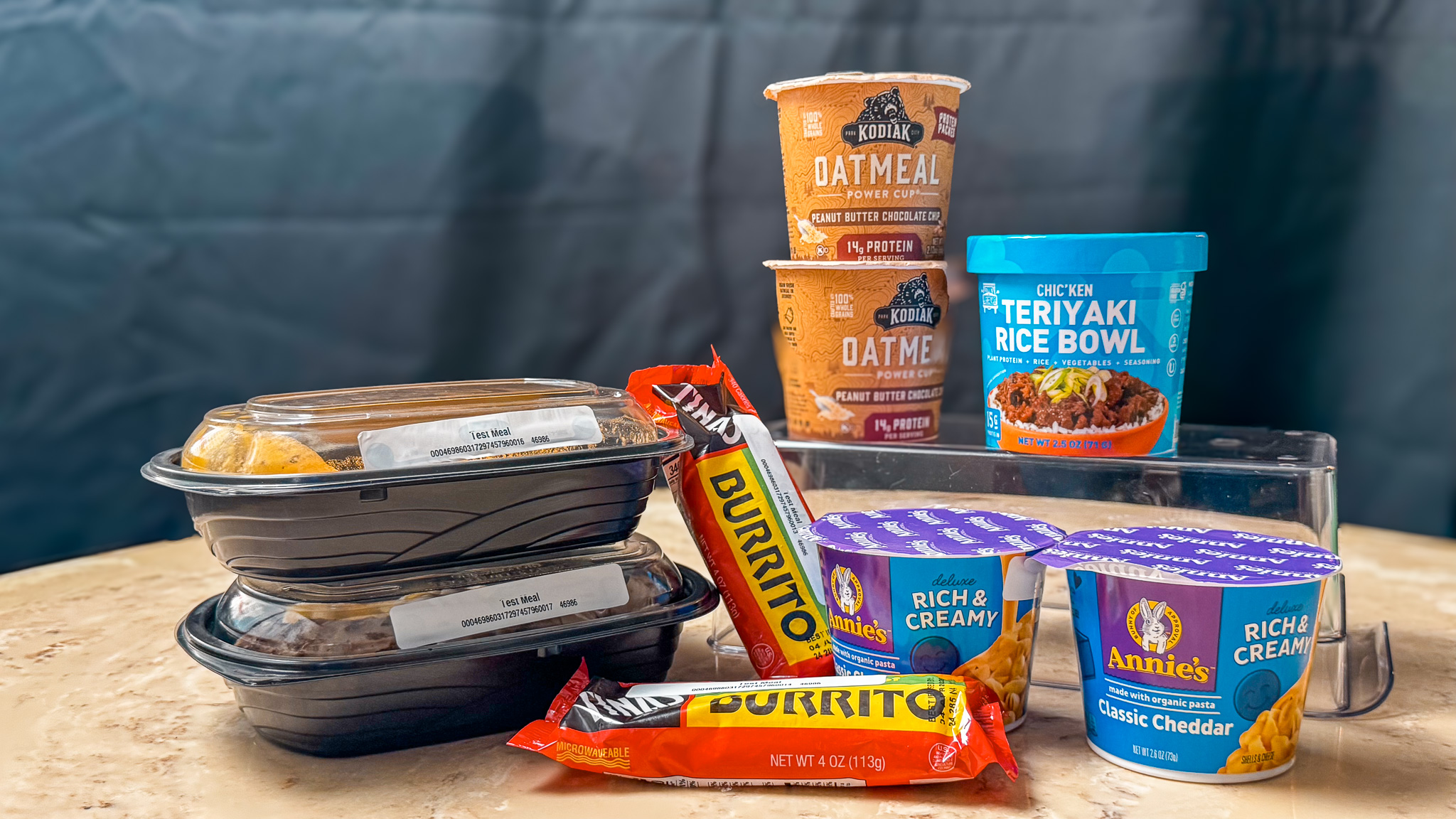
Tag Placement
Something to keep in mind is what the product is made out of. You need to place the tag in a position where it is not compromised by ingredients. For example, pasta sauce. If it is liquid sauce, you do not want the tag to be right on top of the product. Liquid blocks the tag from being read consistently or at all. There is a simple method to help you figure out where to place the tag: the food line.
Imagine there being a food line that separates the half of the container that has food and the half that has air space.
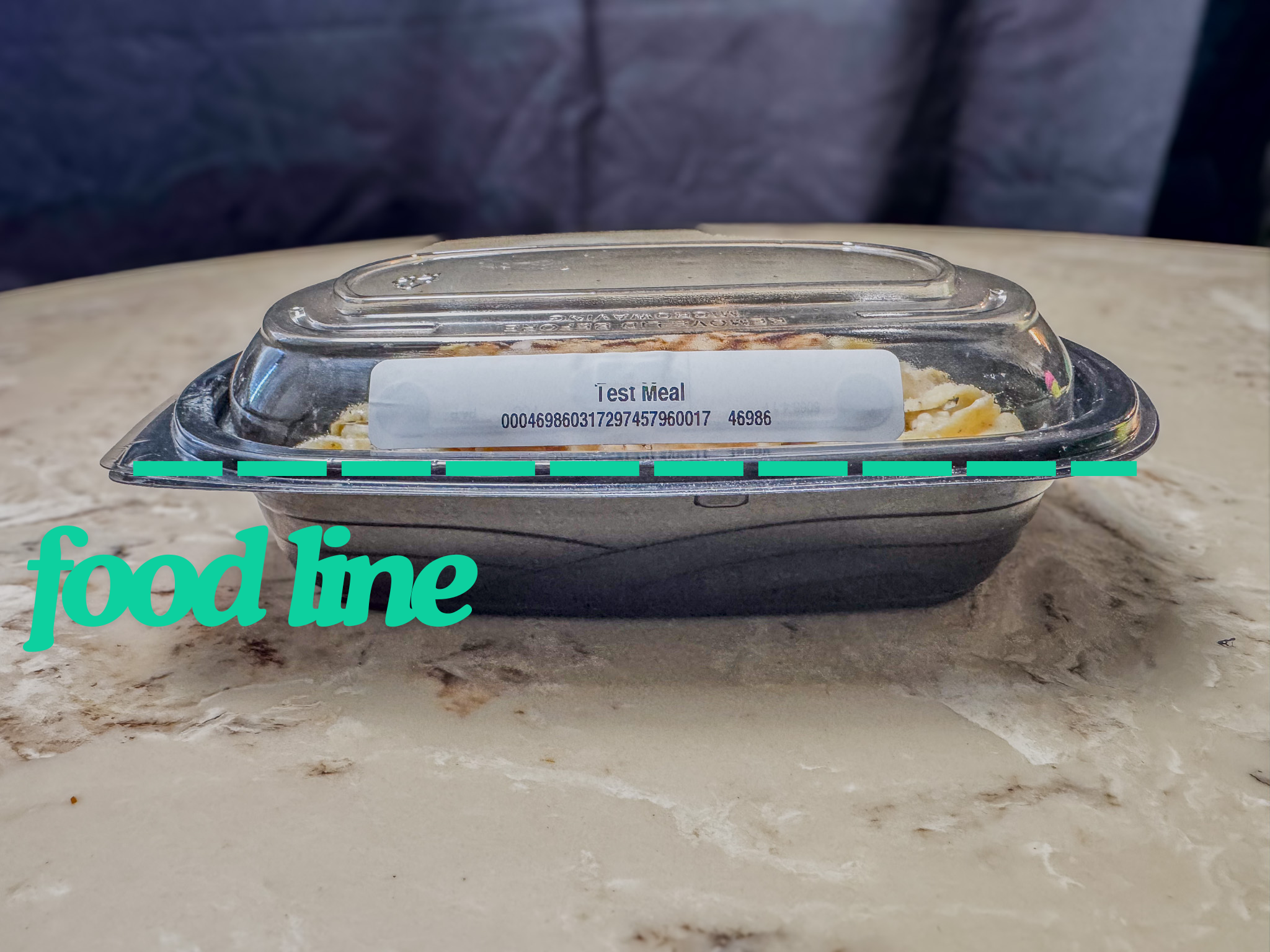
You want to place your tag above the food line to make sure the ingredients do not interfere with the tag readings.
Another factor in tag placement is to make sure the tag is placed completely flat. There should not be any air space between the tag and product. The tags need to be placed flat on the product for safety. If the tag is not completely flat, you run the risk of the tag sparking in the microwave.
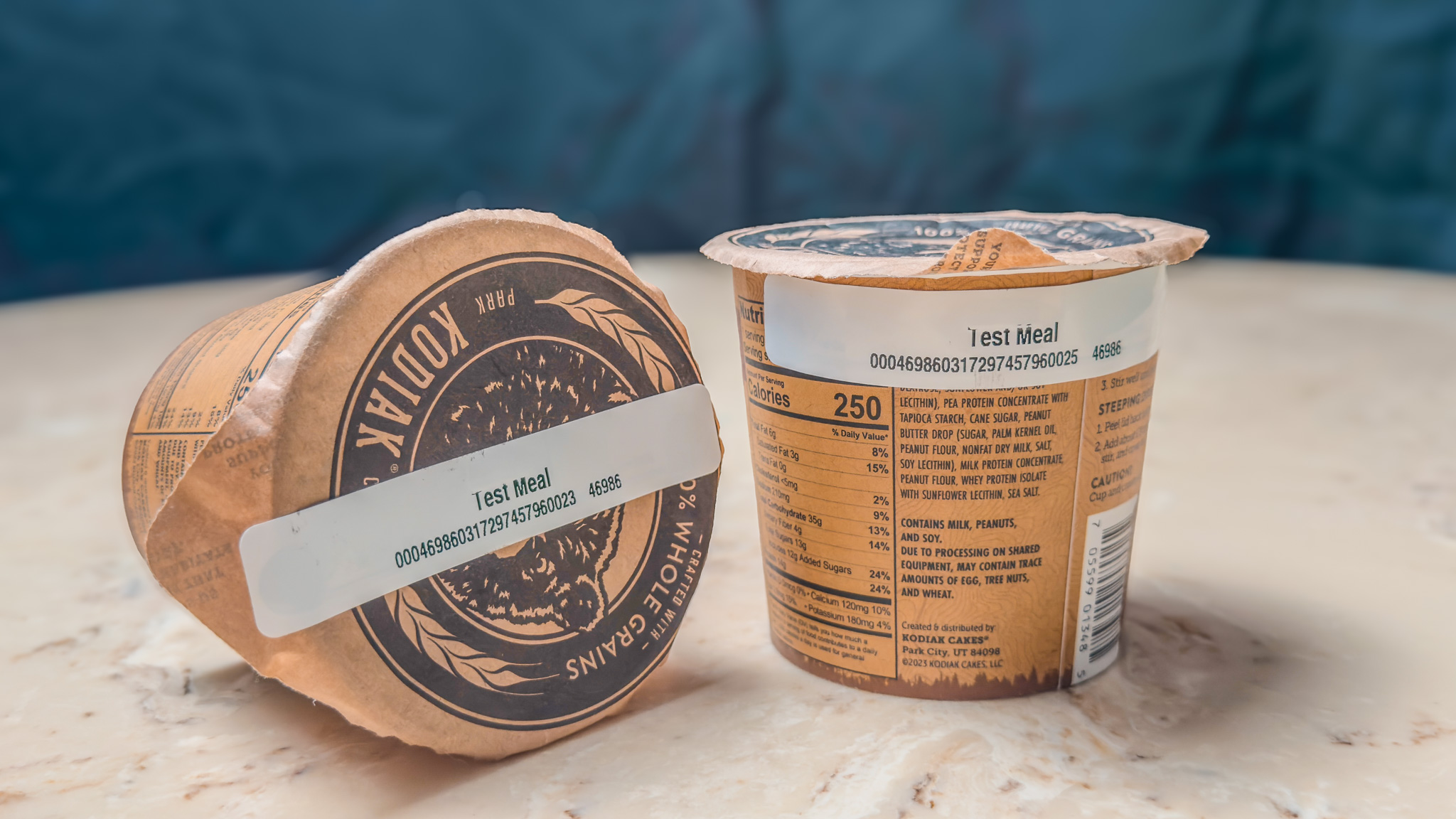
If the food line is not an important factor, place them in the best position possible for optimal tag readings. This largely depends on how the product is merchandised and the shape of the product. It is important to not hide the tag no matter where you place the tag. Aim to place the tag as high as possible to increase reading consistency.
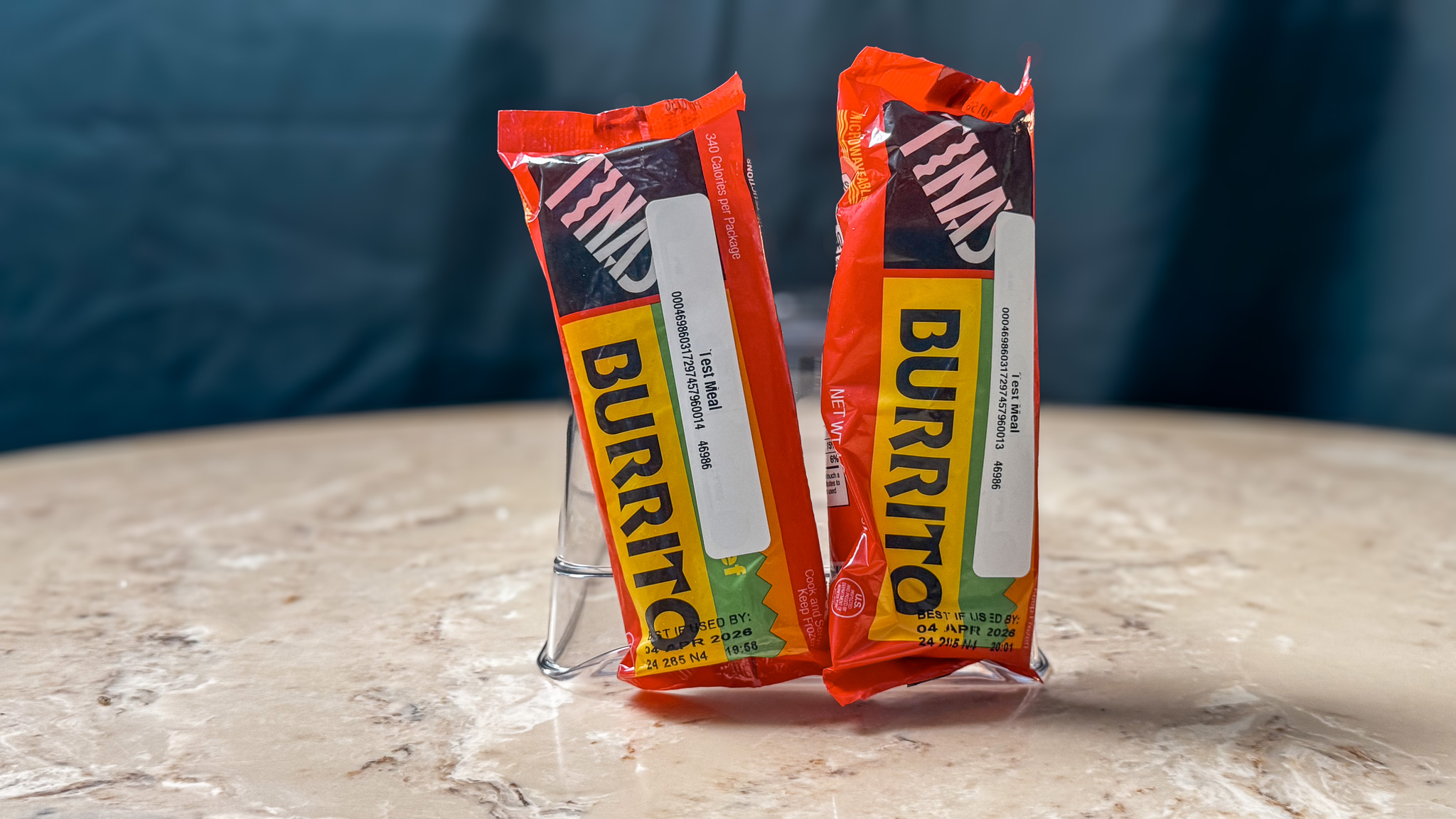
Can I stack?
Yes! You absolutely can stack your heatable products. The most important key is that heatable products should be stacked in a way that can be read consistently. This means the products absolutely cannot cover other tags. The tags do not need to face the customer. They should be placed as high as possible above the food line without the tags running the risk of being covered.
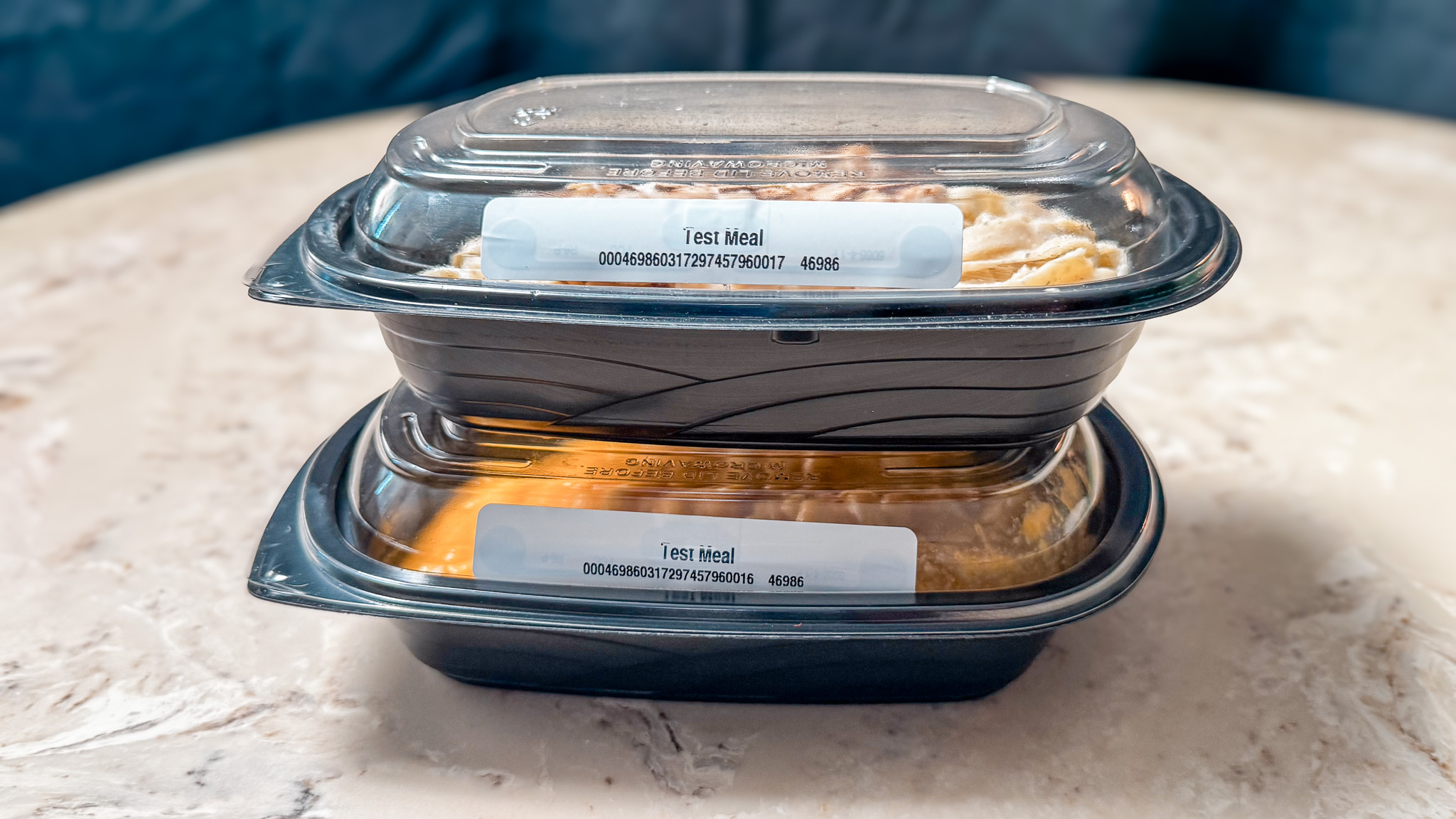
Knowledge Check
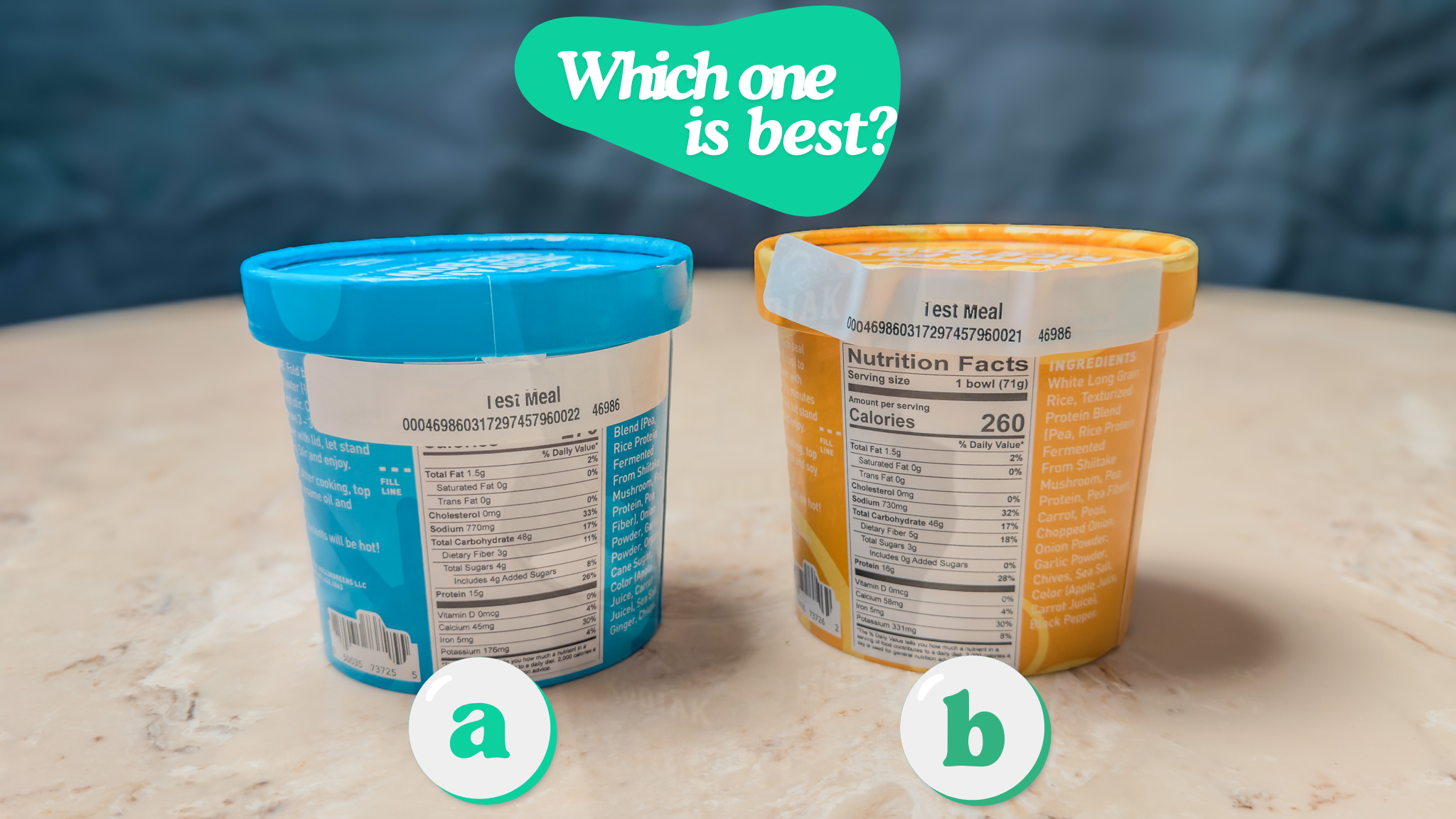
Answer
The tag on option A is fully flat and above the food line. Option B is not fully flat. It is bunched up. This could cause the tag to spark in the microwave.

Answer
Stacking is completely fine but you should not stack the products in a way where the tag is covered or you risk the product not being read.
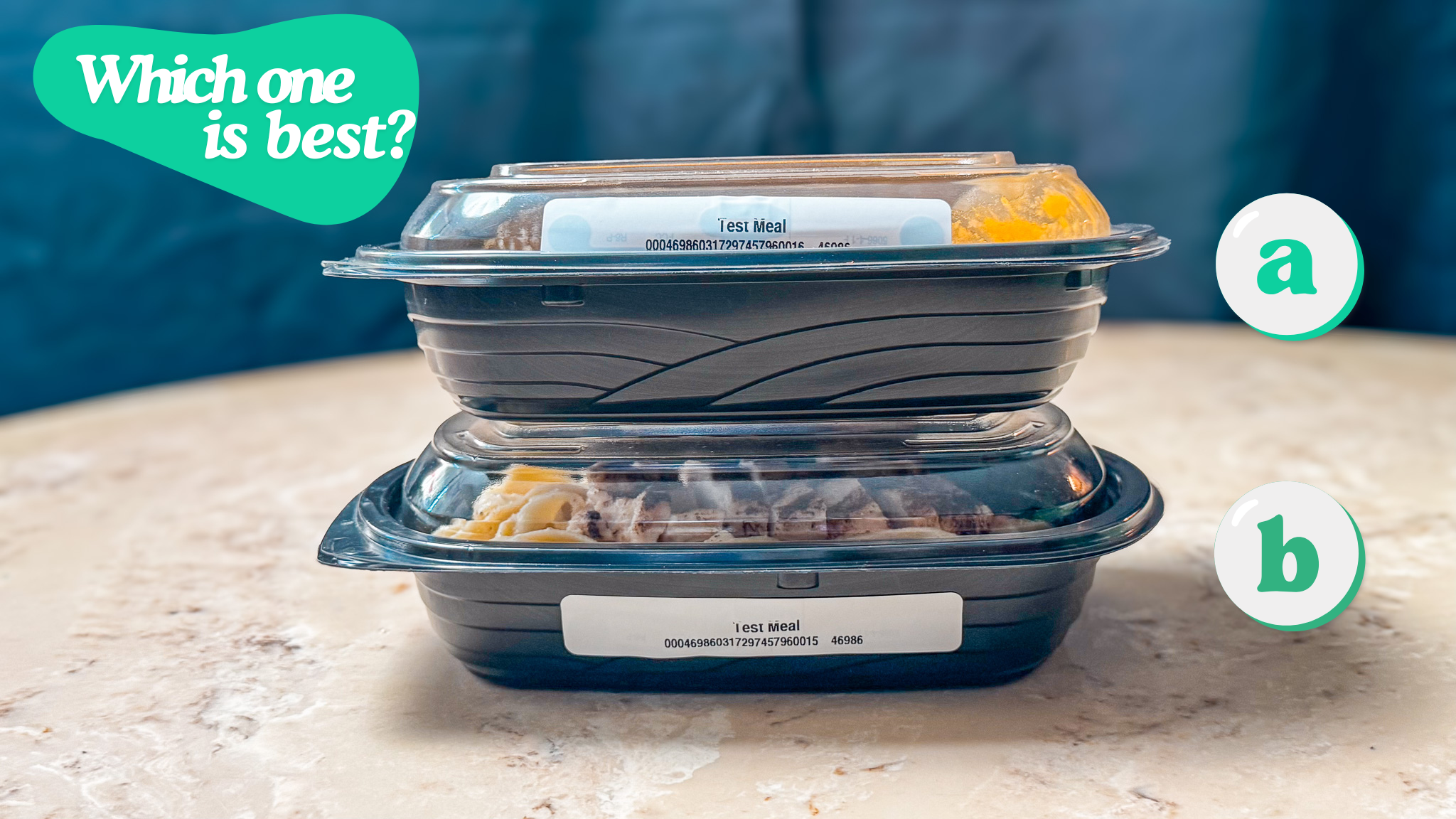
Answer
Tag A is above the food line. Think of your product having an invisible line separating where is food and where is isn't. Placing a tag below the food line can lead to tag reading inconsistencies.